
Originally Posted by
Moby Duck

1. I like this modification but have concerns over the heat generated, particularly if used for a belt grinder. A normal fan ventilated motor gets some respite from full load heat when the load is removed and the motor is still running and ventilating. A fully enclosed motor is subject to a continuous build up of heat, slightly less when off load, but still there, and it has nowhere to go. Sealed motors usually have fins on the outside and if necessary have a fan attached to cool those fins.
2. Fitting mesh filters at each end will do very little to improve cooling unless you retain the fan to draw the air through the armature area.
The objects in question. (click images for full size.)
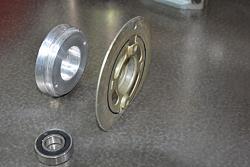
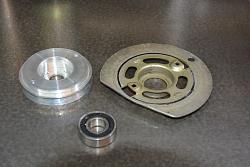
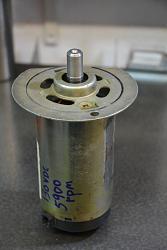
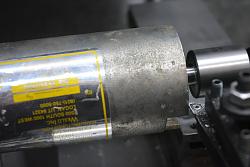
Truing the flat belt pulley on the armature.
All the bits.


 LinkBack URL
LinkBack URL About LinkBacks
About LinkBacks
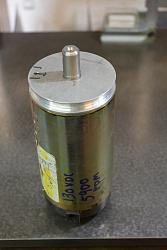
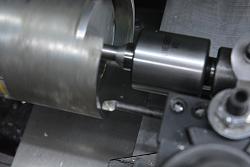


 Reply With Quote
Reply With Quote


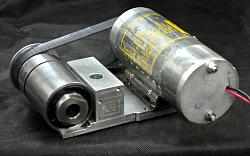




Bookmarks